What We Can Learn from French Architecture with Barrientos Designer, Isabelle Jardas
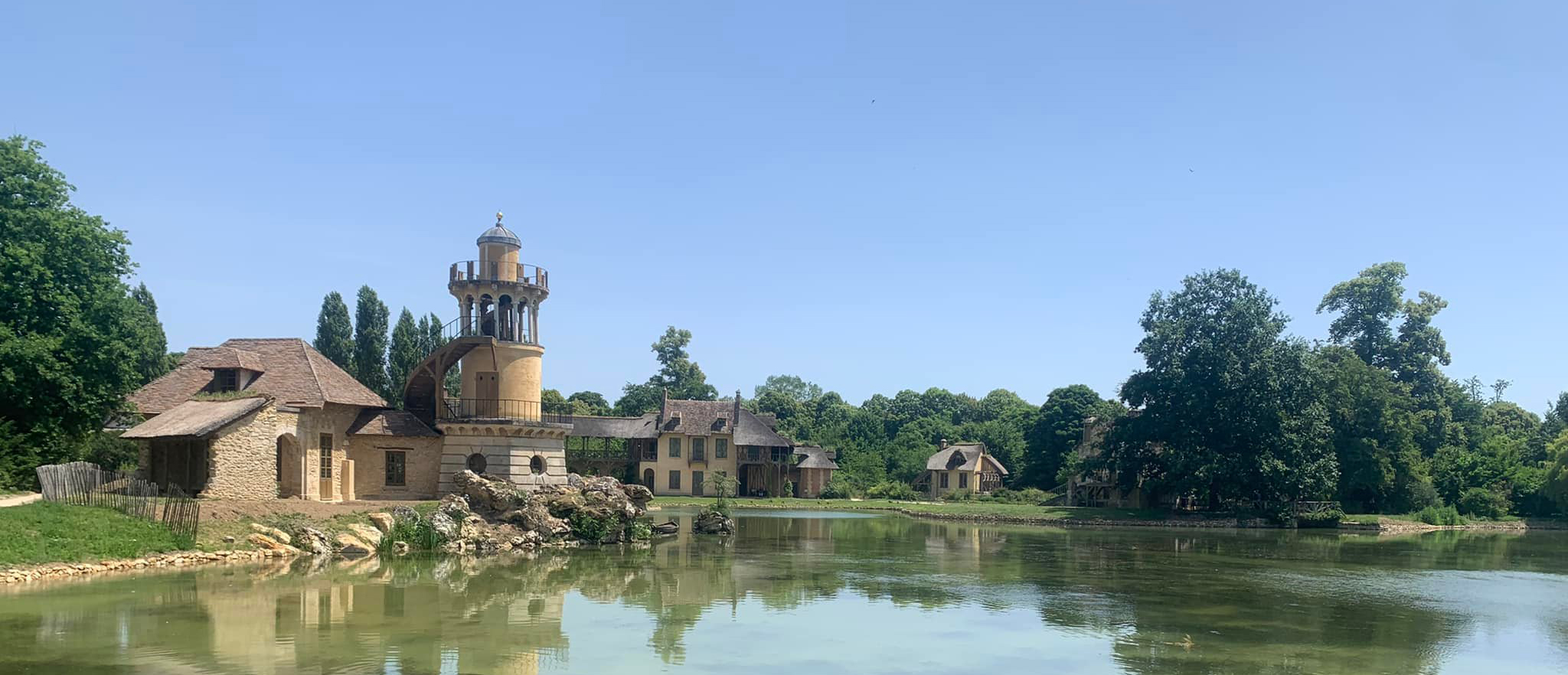
Barrientos Architectural Designer and UW-Milwaukee architecture student, Isabelle Jardas, recently returned from a nine-week study abroad program in Paris.
On her trip, Isabelle studied and observed French architecture which is famous for its Gothic, Renaissance, Baroque, Neoclassical, and Modernism styles. She visited many of the city’s noteworthy, spectacular buildings that attract tourists and architecture-lovers from all over the world.
Isabelle attended two courses during her program: French Architecture History, in which she learned about French architectural styles and then visited buildings to see those styles in-person, and Design Strategies, in which she did hands-on design work creating ideas to develop three empty park sites.

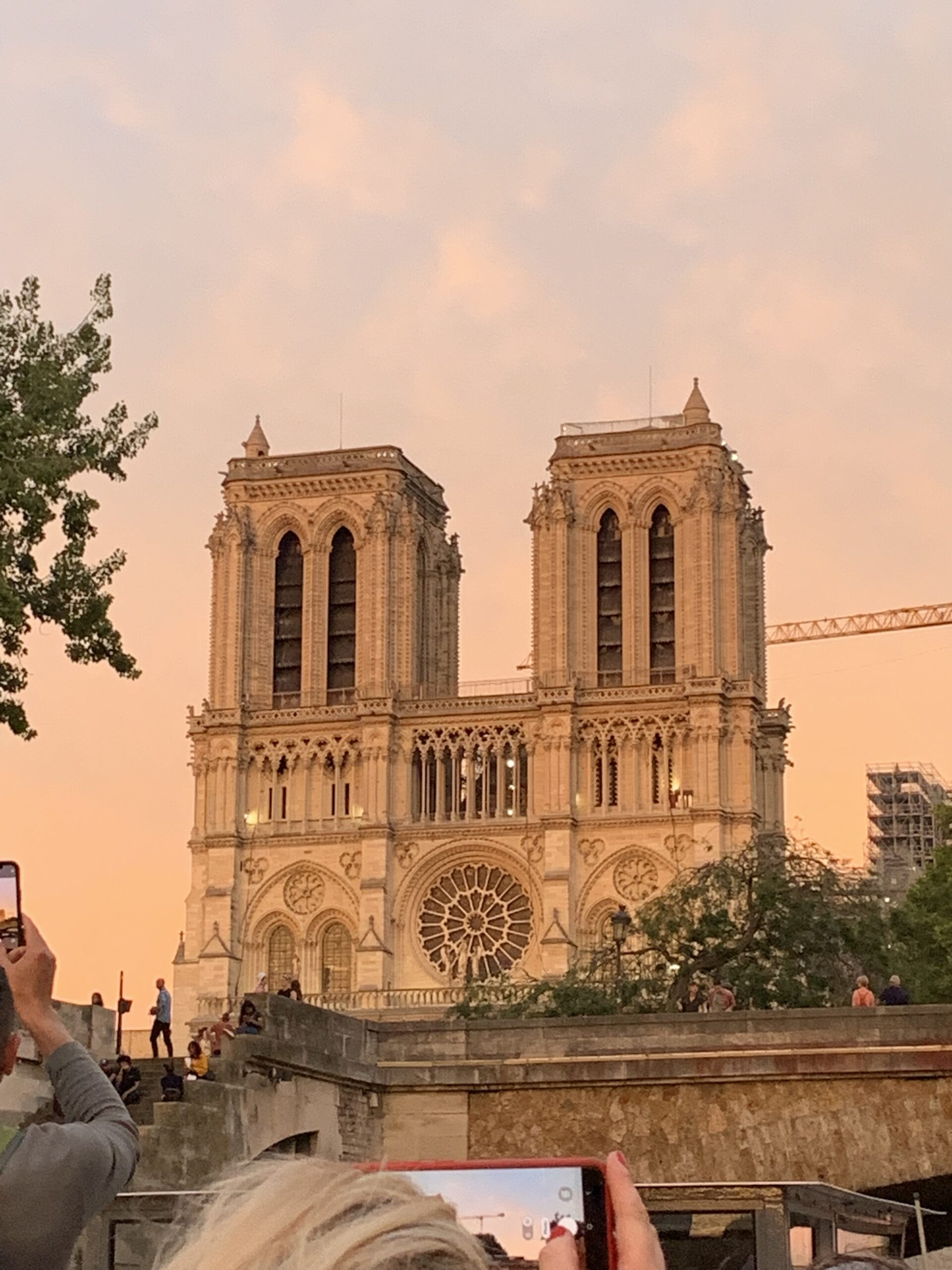
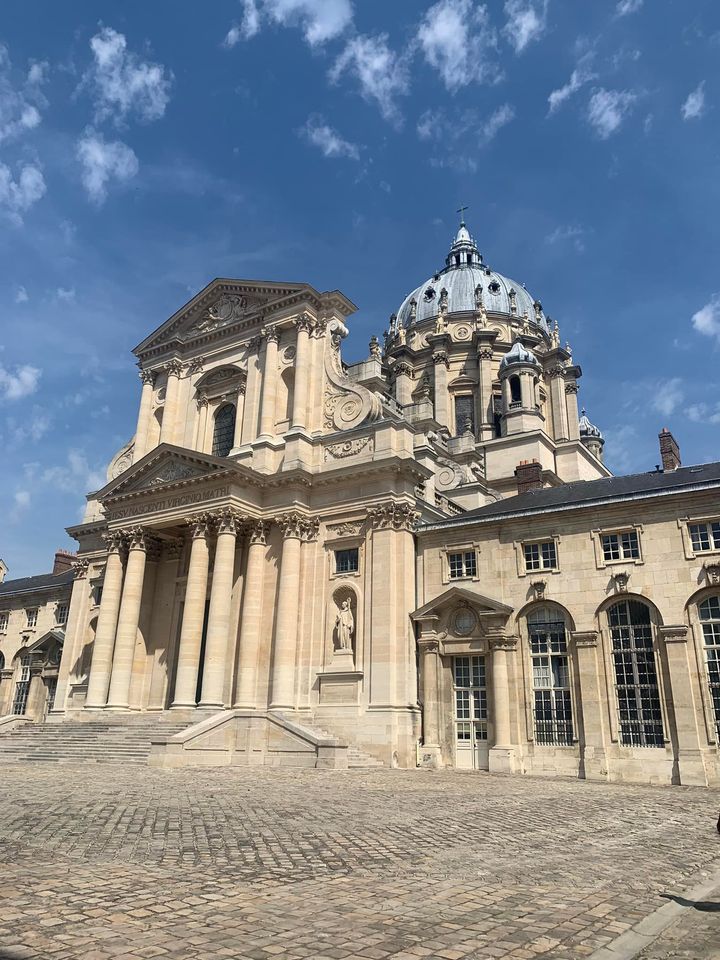
Each day, Isabelle met her class at a different location to tour a building and learn the significance of its architecture. They explored and toured buildings all over the city. Isabelle’s favorite was Maison de Verre (French for “House of Glass”) because of its modern style and the careful thought that clearly had been put into every detail, which was very before its time. For example, the maid at this residence had a small tray she could swivel into the sitting room through a passageway without actually walking into the room. The home, which doubled as a doctor’s office, also had a custom doorknob made to fit the doctor’s needs.
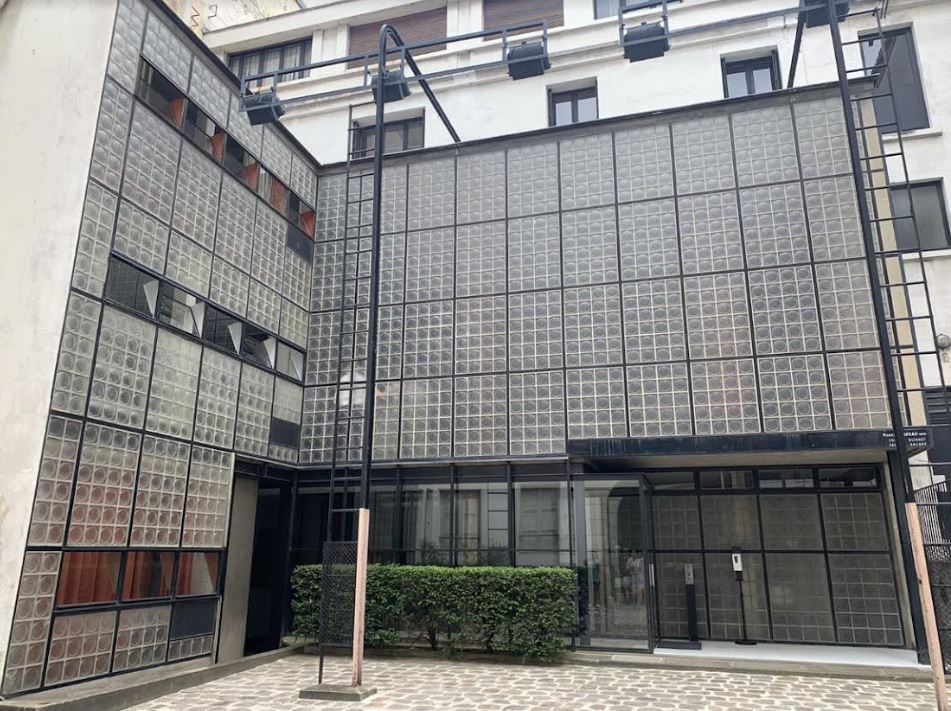
Isabelle also loved Charte Cathedral for its gothic architecture, attention to detail, and carved exterior statues that all had specific meaning. For example, one set of statutes represented the creation story from the Bible.
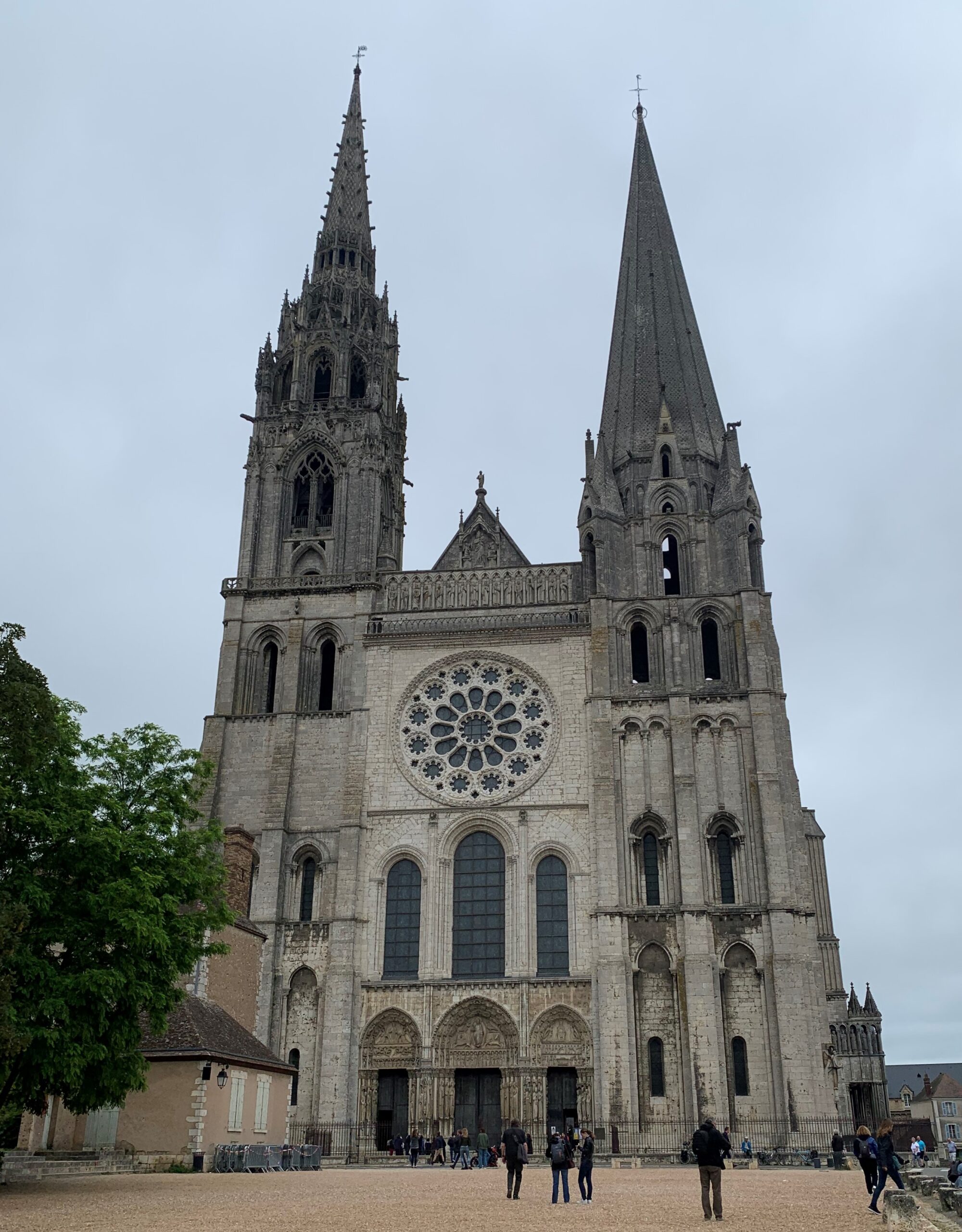
Of course Isabelle visited the Eiffel Tower, but was surprised to see how different it looks in person compared to how it looks in photos. She describes the famous structure as being much more dainty and delicate – and actually brown instead of black.
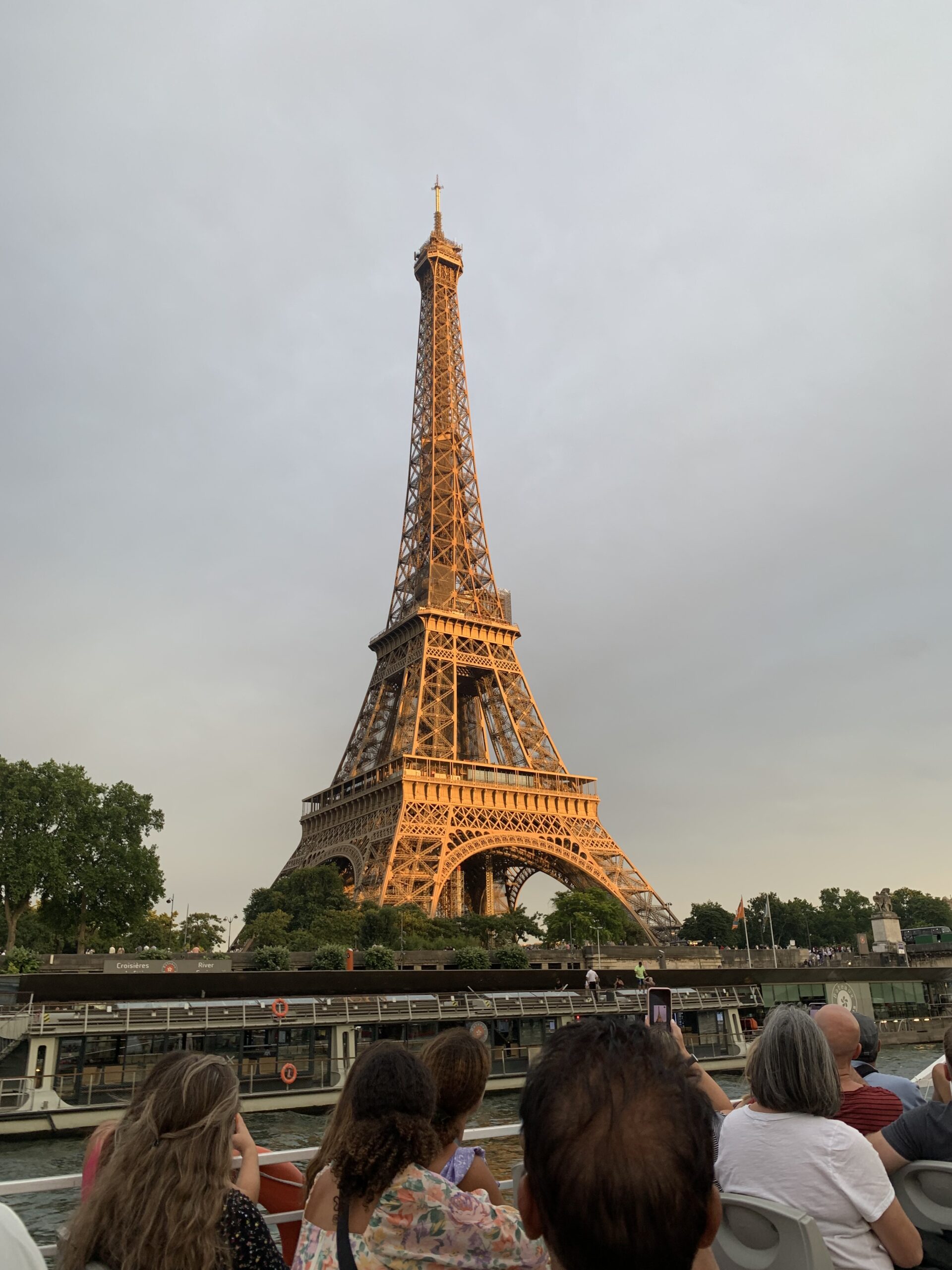
During her trip, Isabelle also visited Normandy, Venice, Switzerland, and Greece.
Isabelle’s travels inspired a lot of thought about how architecture relates to people. She says, “It was really interesting to study architecture in a place where people live differently from how we live in the United States. Everything in Paris is smaller including interior spaces, which makes outside spaces extremely important because people don’t want to be inside all of the time. The importance of parks, urban planning, and walkability are prioritized more highly there. This was an amazing example of how architecture changes with human behavior, reminding us of what architecture is all about.”
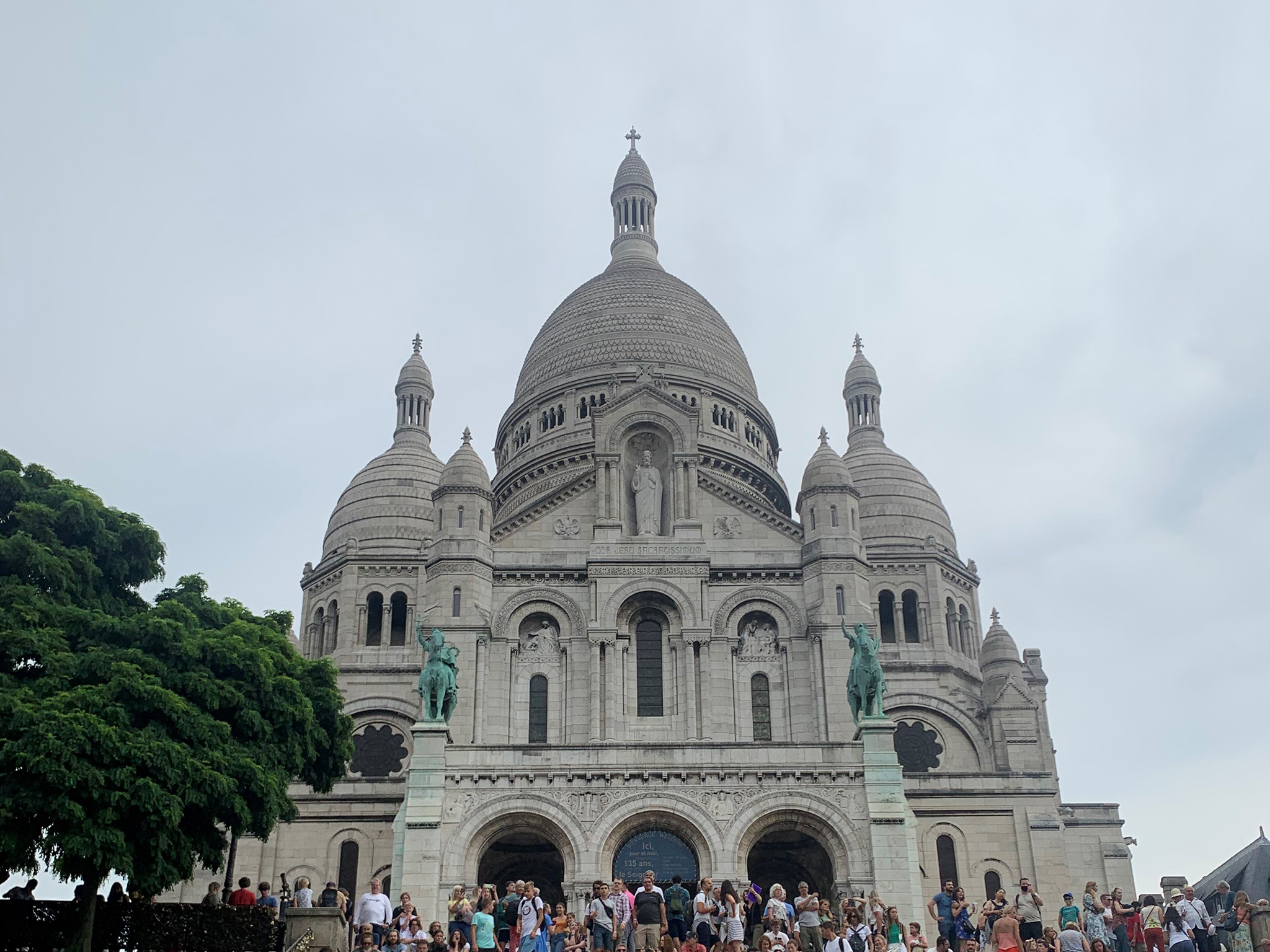
Sacre-Coeur Basilica

Villa la Rotonda
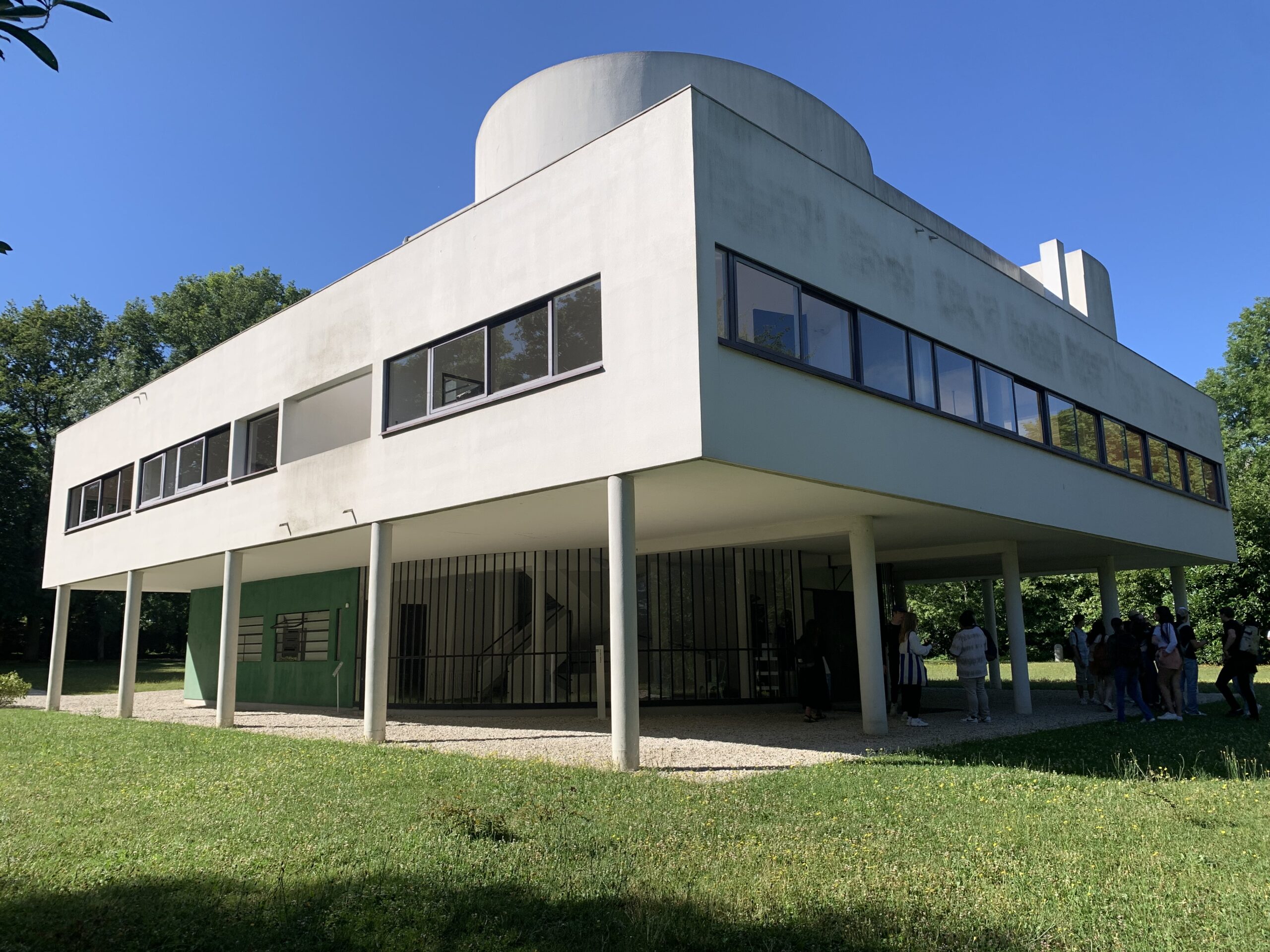
Villa Savoye
